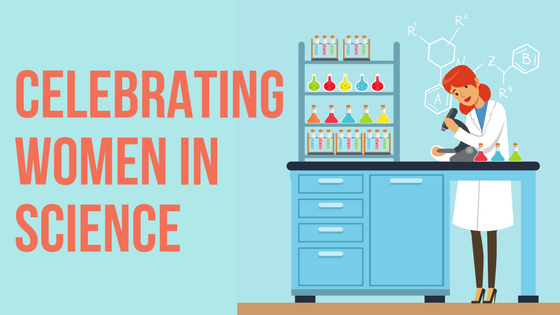February 11 was the International Day of Women and Girls in Science, a reminder that there is still a gender gap in science. Despite the obstacles that women need to overcome, their contributions to field of science have benefited not only their fellow researchers but also their fellow humans. From treatments for diseases to new discoveries that opened up entire fields, women have advanced knowledge across the spectrum of science. Below is a sampling of the achievements of just a few women. What other living female scientist or inventor might you add?
written by: Sara Klink, Promega
Hate malaria? You can thank Tu Youyou for discovering artemisinin and dihydroartemisinin, compounds that are used to treat the tropical disease and save numerous lives. Her discovery was so significant, she received the 2015 Nobel Prize in Physiology or Medicine.
In 2012, Jennifer Doudna and Emmanuelle Charpentier were two of the authors on a publication that proposed that a system involved in bacterial immunity, CRISPR-Cas9, could be programmed for use in gene editing. This revolutionary discovery has made both women leaders in exploring CRISPR as a tool for genome editing.
Do the number of cells in the adult mammalian brain change over time? Elizabeth Gould has shown that the brain is plastic, both sprouting new neurons as well as changing the shape and size of neural cells, depending on the stimulus. Determining what factors influence these changes can help mitigate brain cell loss and cognitive decline.
Cataracts that cloud the lens of the eye rob people of their sight. Thanks to Patricia Bathwho invented a laser-based device, the Laserphaco Probe, cataract treatment became more precise and less painful than previous methods. In fact, her invention was able to restore sight to people who had been blind for decades.
What is the universe made of? Katherine Freese has been working on dark matter and dark energy for most of her career in theoretical astrophysics. Her proposals have resulted in experiments to detect dark matter using the University of Wisconsin–Madison IceCube Neutrino Observatory, and her work on the inflationary theory of the universe has been confirmed by satellite observation.
How can DNA be used for more than just genetic information? Yamuna Krishnan is pushing the boundaries of what DNA can do by creating self-assembling DNA nanodevices that can work inside living cells for use in imaging studies to answer questions about biological systems.
Understanding the inner workings of cellular machinery can take decades. Ada Yonathinvestigated the function and structure of ribosomes, which are responsible for protein synthesis, producing a high-resolution crystal structure of both ribosomal subunits. She not only introduced a new technique called cryo bio-crystallography during the course of her studies, she was also a winner of the 2009 Nobel Prize in Chemistry for her work on ribosomes.


